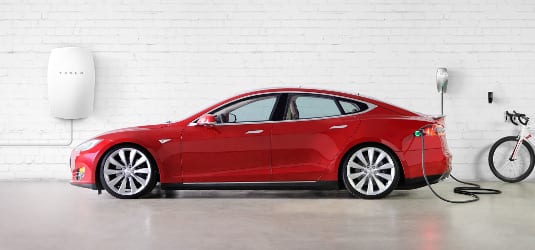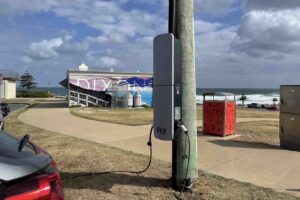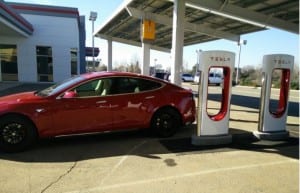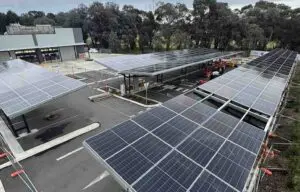
The number of new stationary battery systems connected to solar arrays on German homes and businesses in 2015 far outnumber the number of electric vehicles that rolled onto roads. A new study has revealed the result demonstrating that despite the German government’s official target of one million new electric cars by 2020, solar+storage is gaining significant traction in the market.
The uptake of solar+storage in Germany has in some way compensated for the precipitous decline in PV systems being installed in 2015. Figures from the RWTH Aachen University published today has 12,363 electric cars were sold in Germany in 2015, at least 20,000 privately owned stationary storage systems were installed alongside PV arrays.
RWTH Aachen carried out an evaluation of the stationary storage subsidies for the German Federal Ministry of Economics.
The figures reveal that despite the German government’s rhetoric and lofty goals in terms of electric cars and e-mobility, that they are only slowly gaining traction in the market.
By contrast, the support scheme for solar+storage has surged ahead, resulting in the government announcing towards the end of 2015 that its battery support program had reached its goal and would no longer be continued.
In November, the government backtracked on this, saying that a new iteration of the storage subsidy would be put in place for 2016. The German solar and battery storage industries are currently waiting for details to be released.
The RWTH Aachen researchers conclude that given the success of the previous storage program that it should be continued, albeit in an amended form.
RWTH Aachen concluded that about half of the storage systems installed in Germany in 2015 benefited from the financing under the government support scheme.
Source: PV Magazine. Reproduced with permission.










